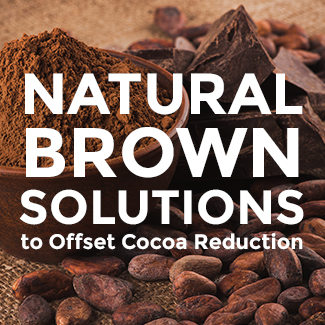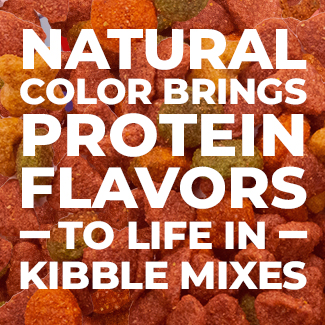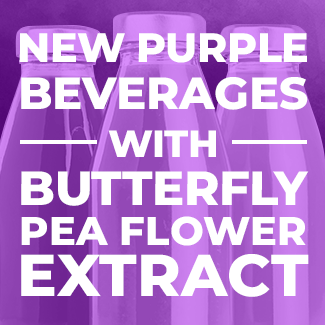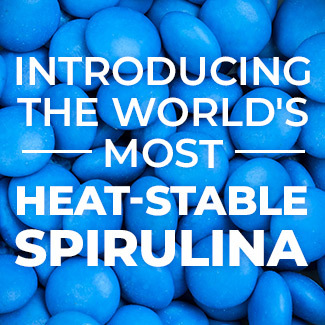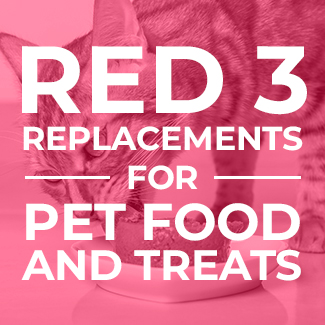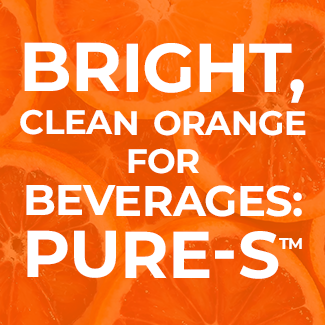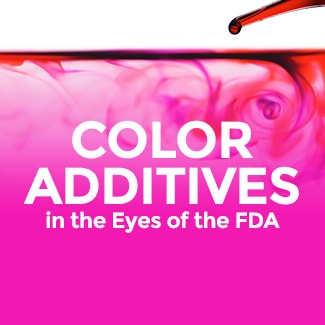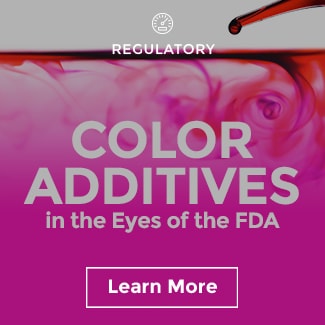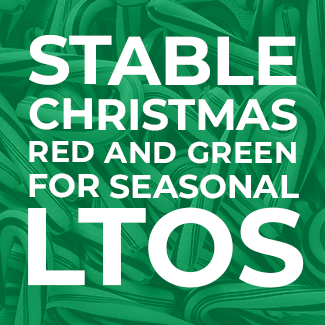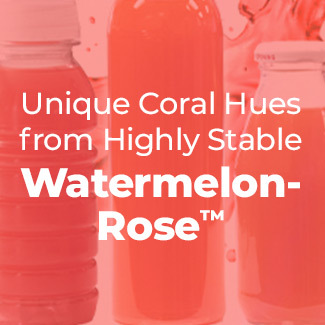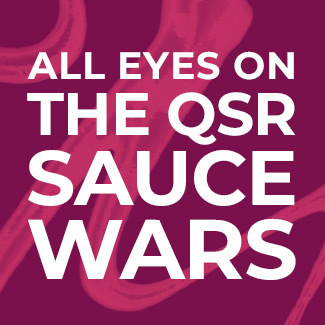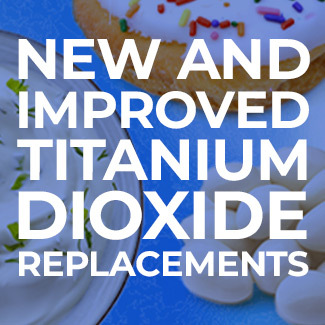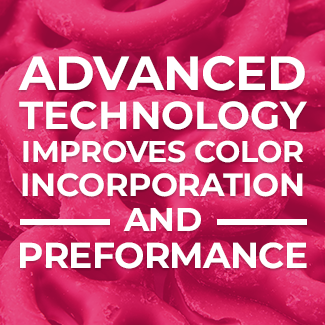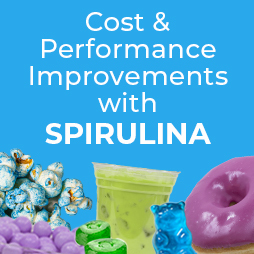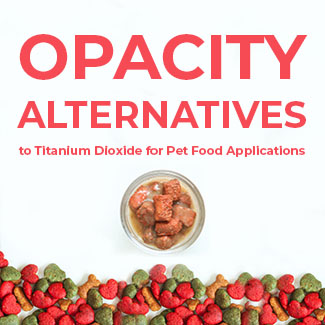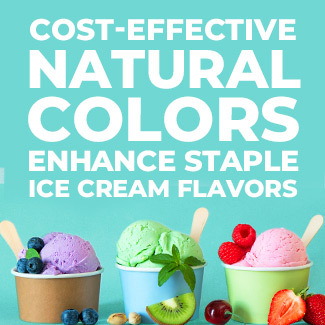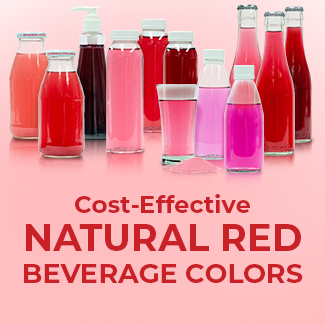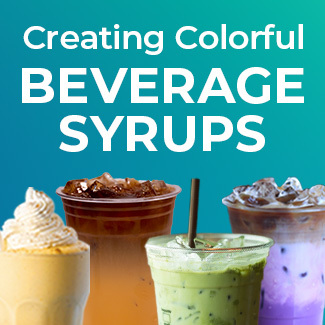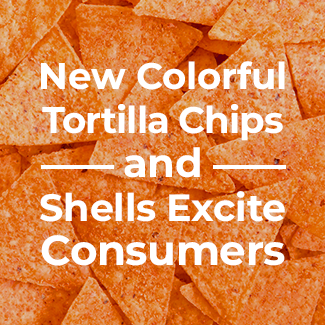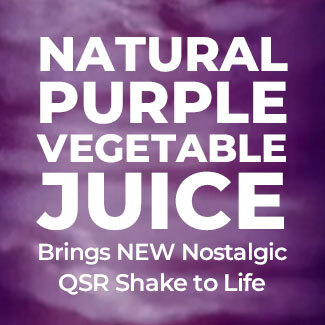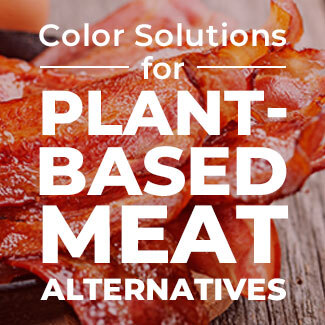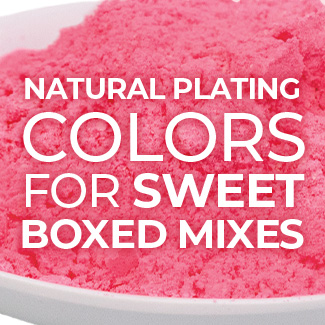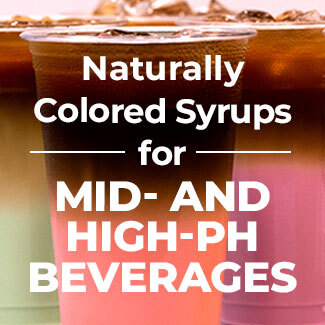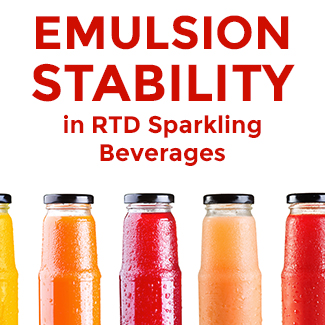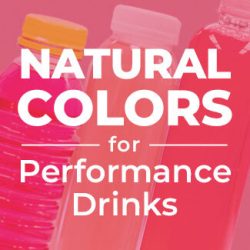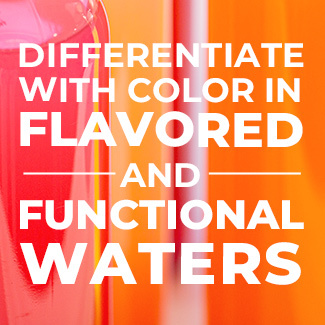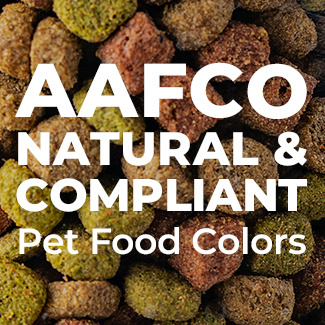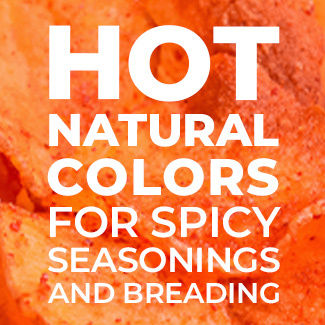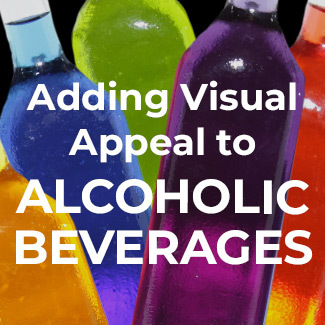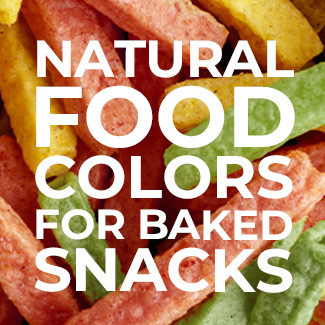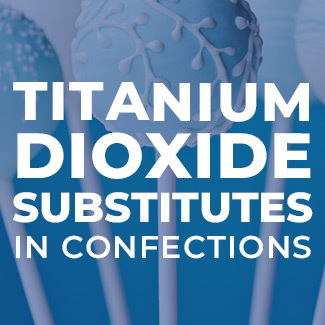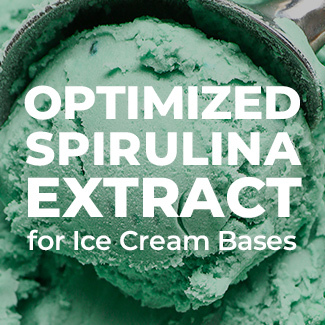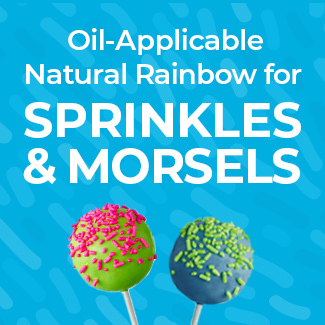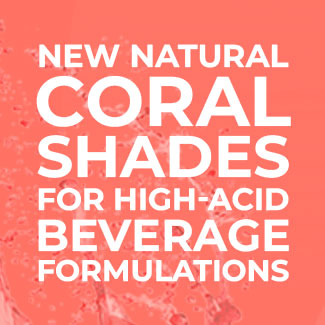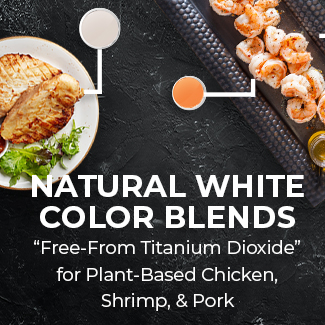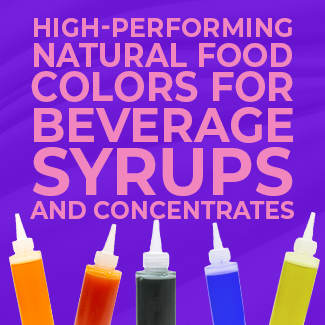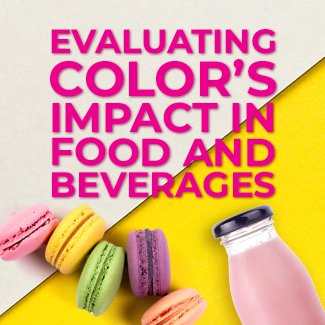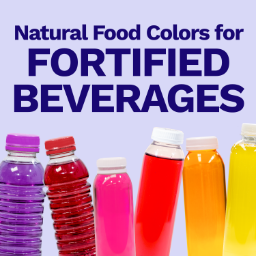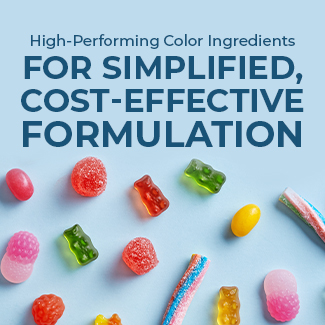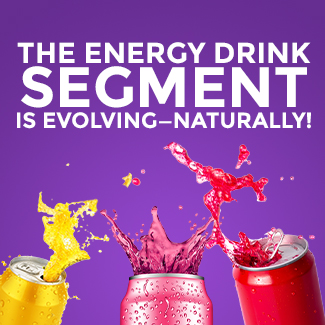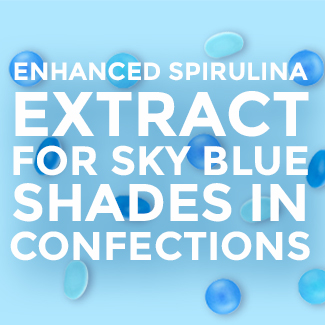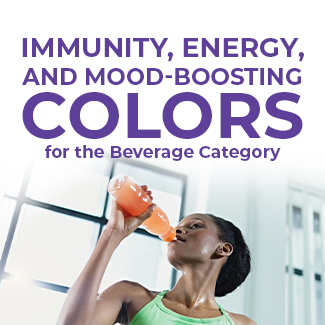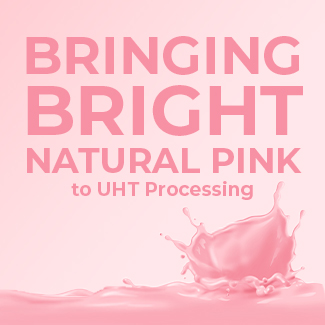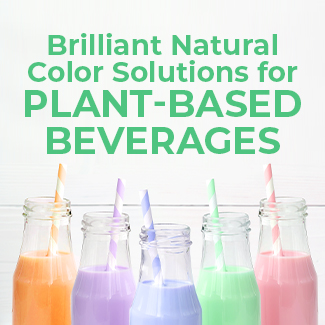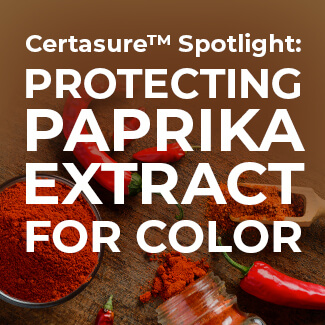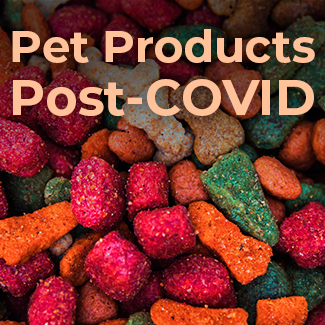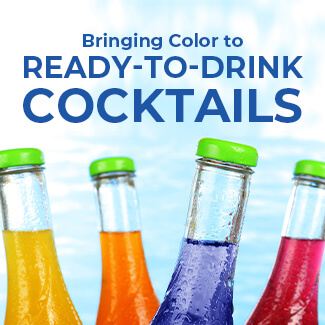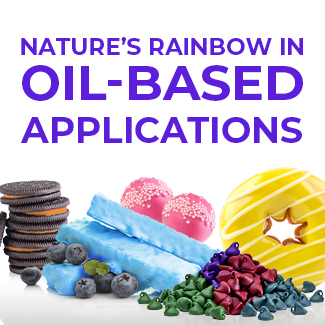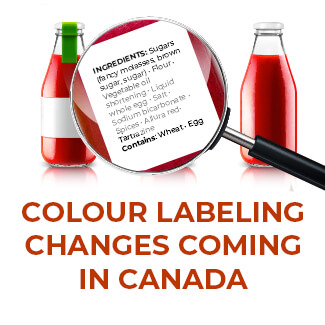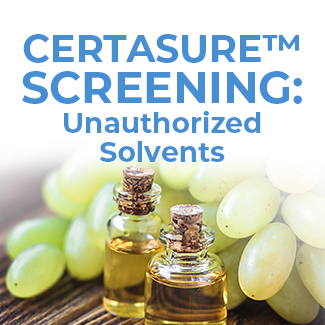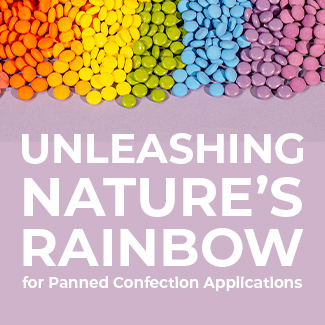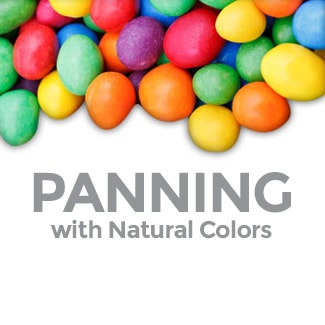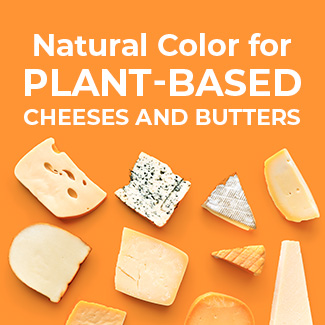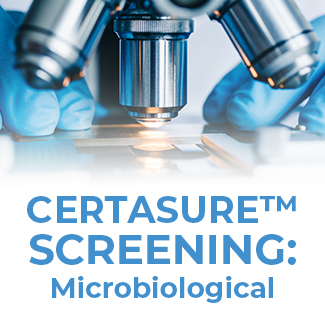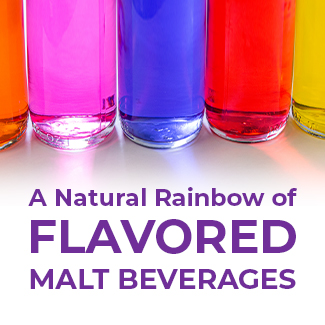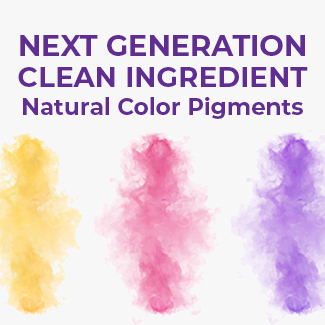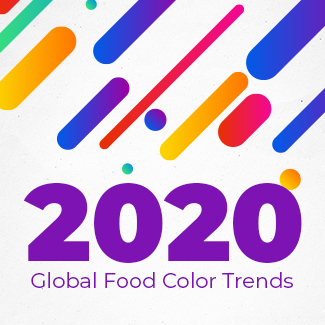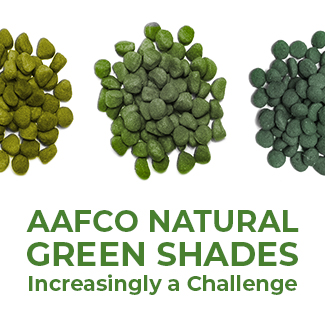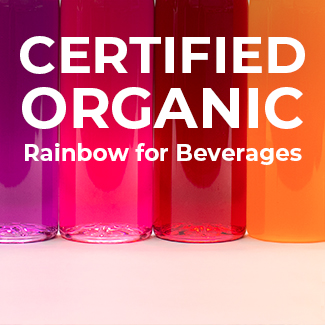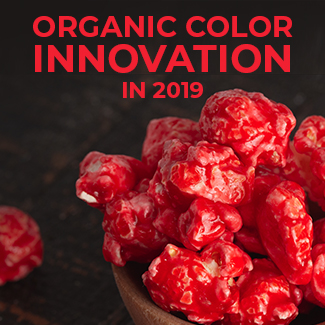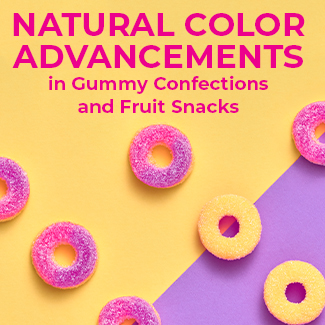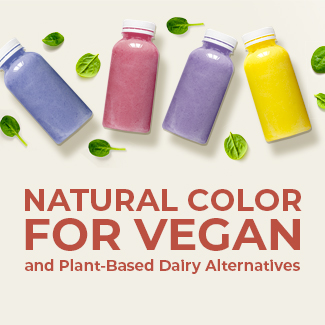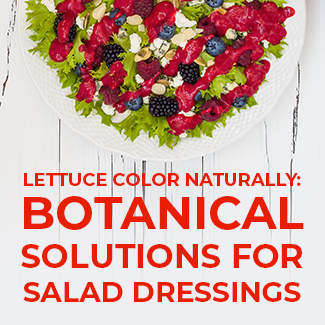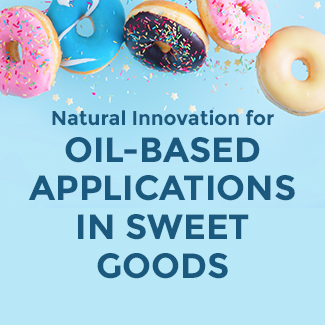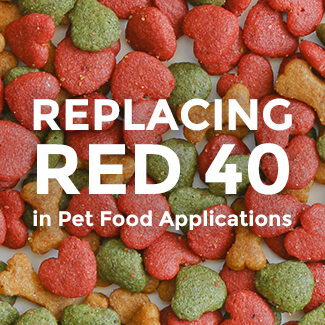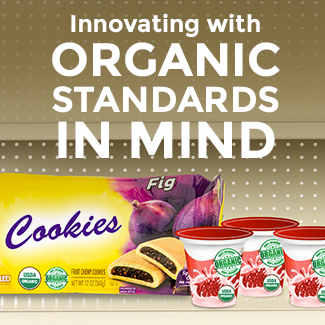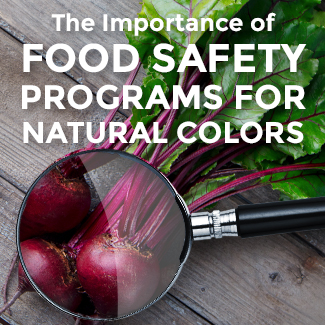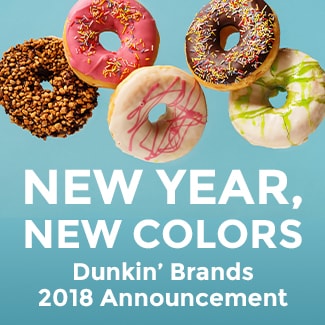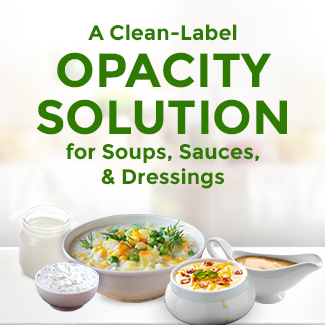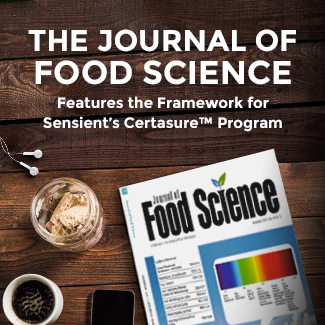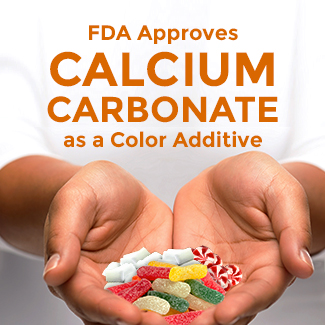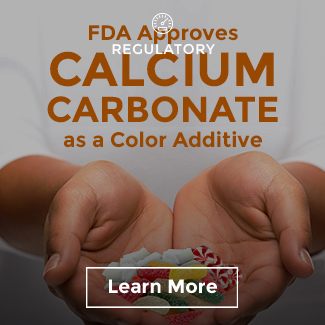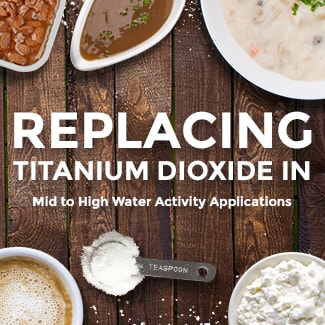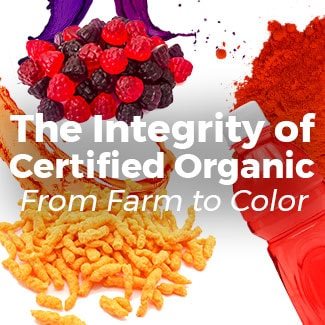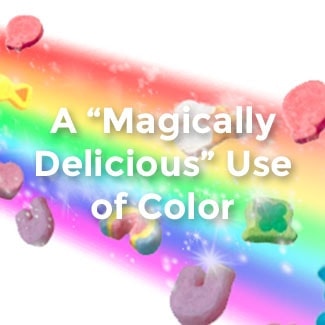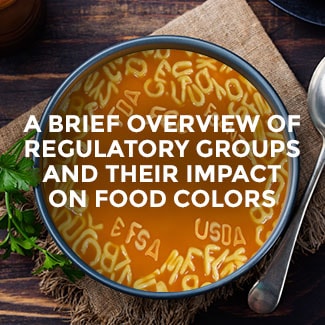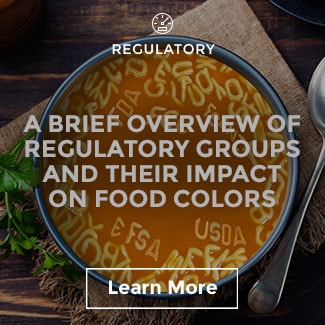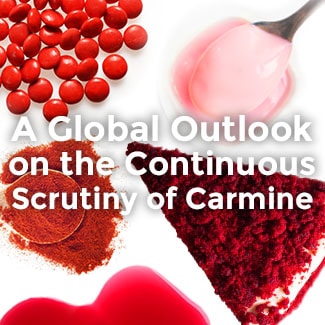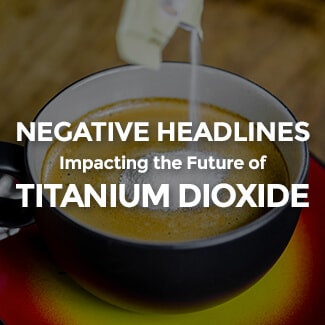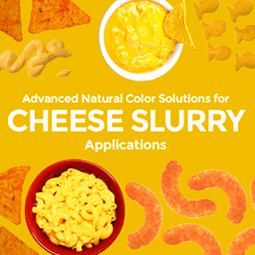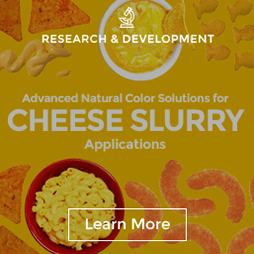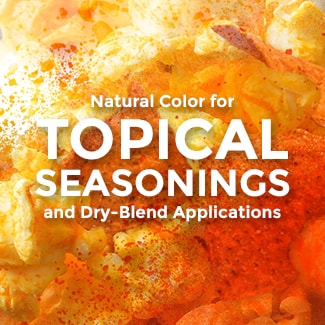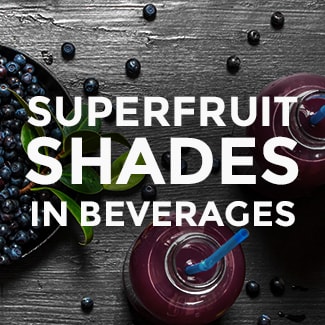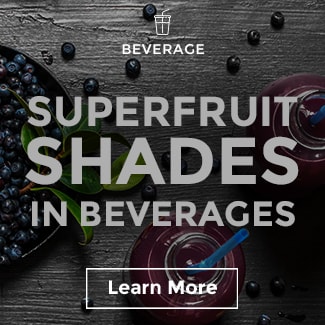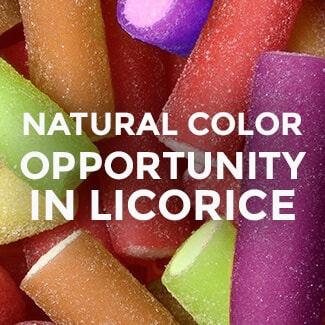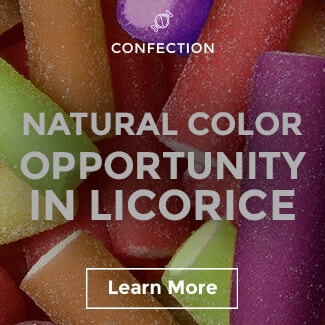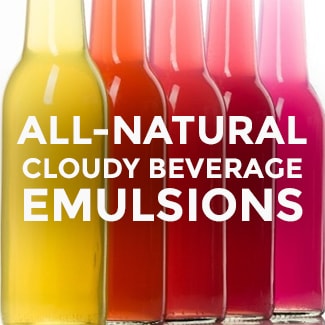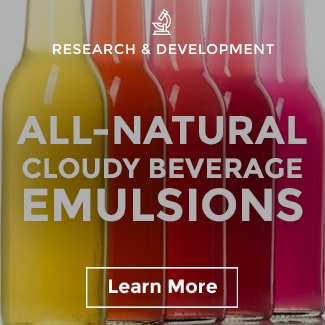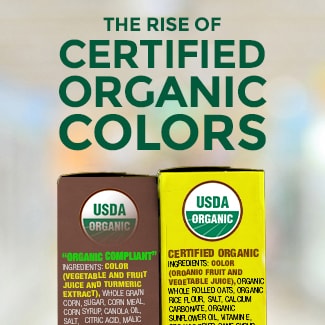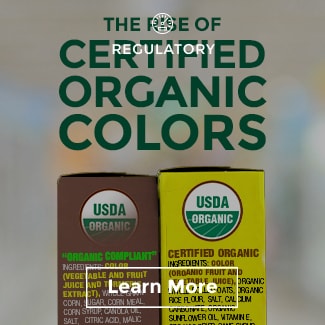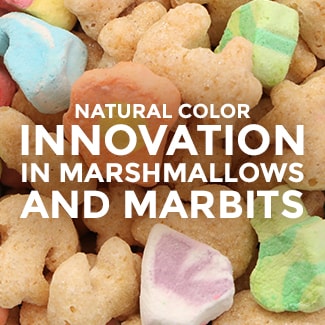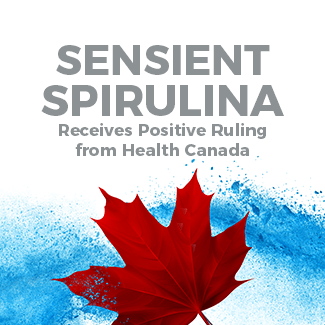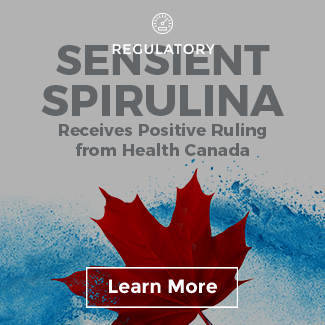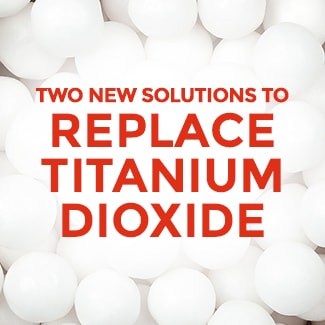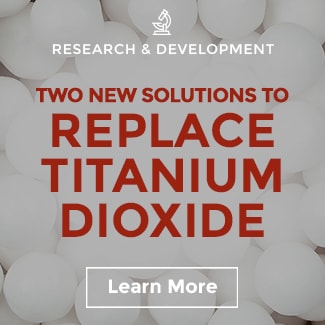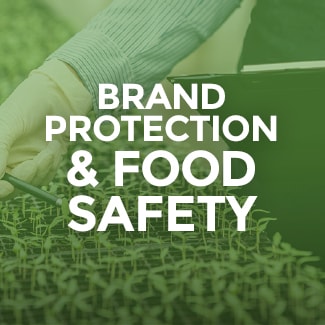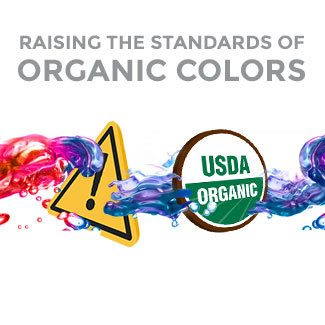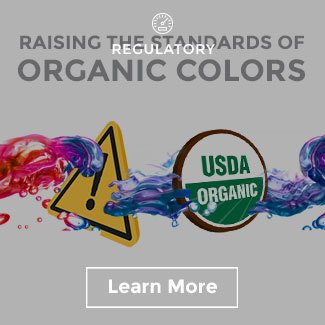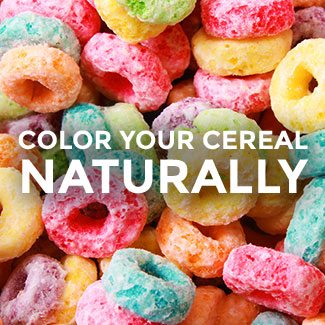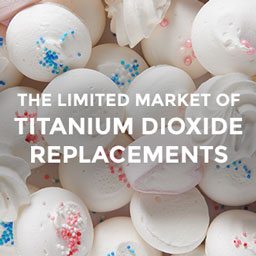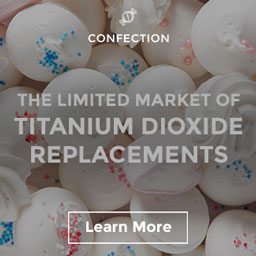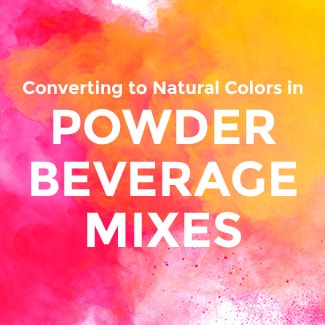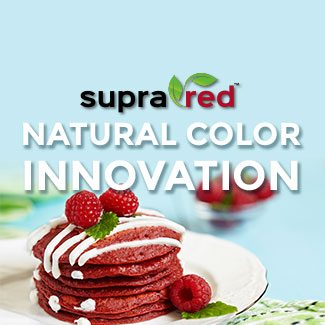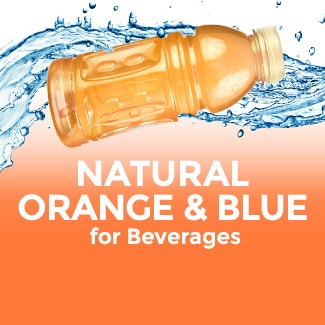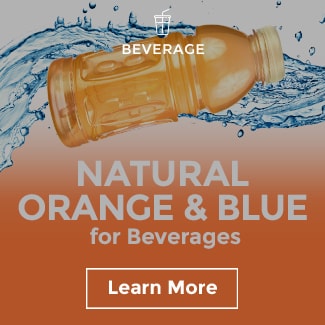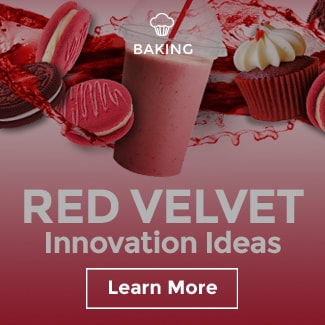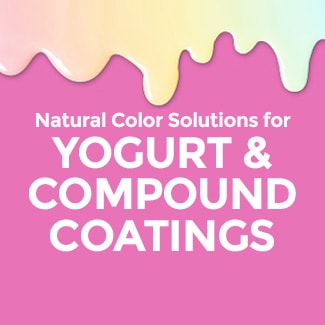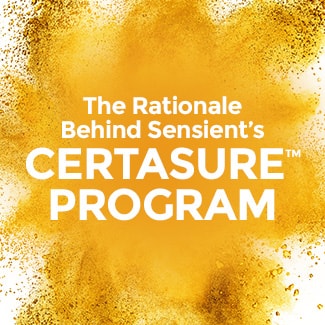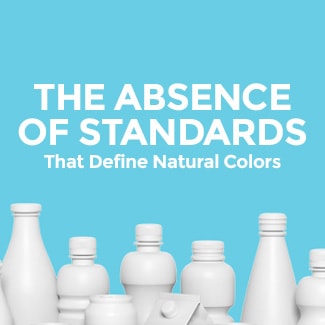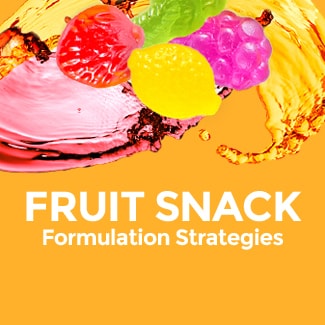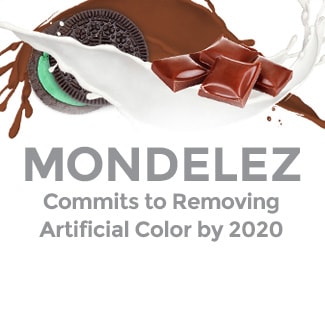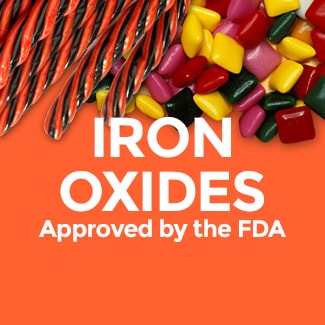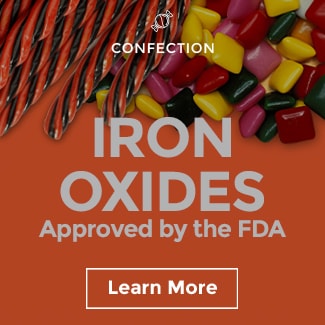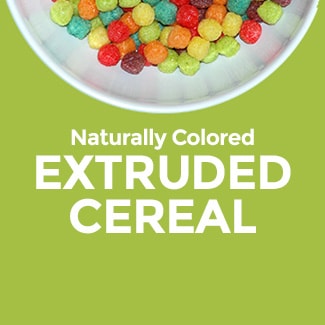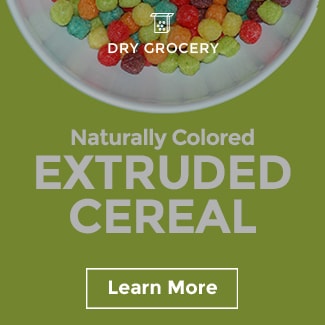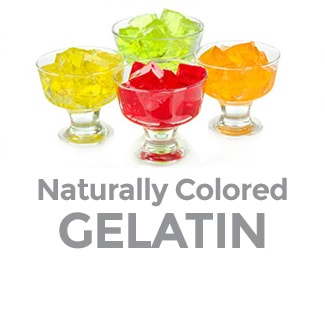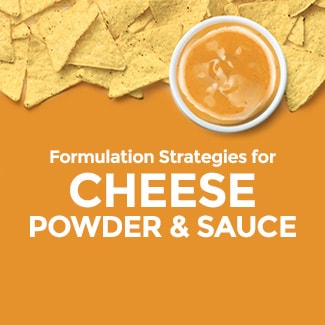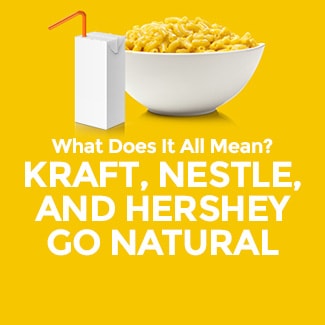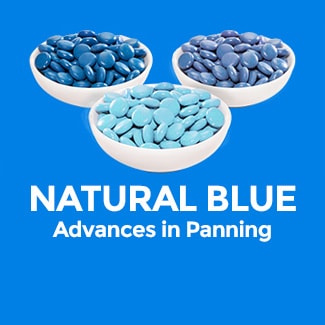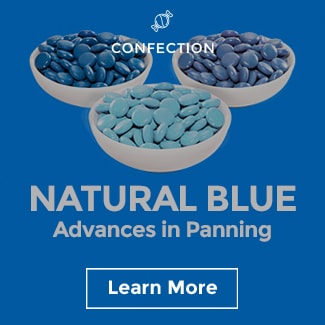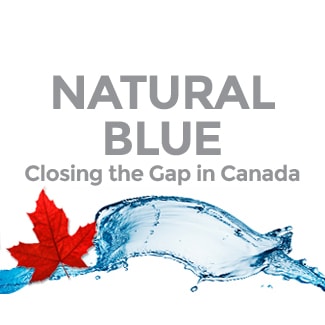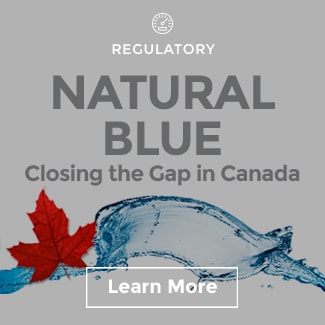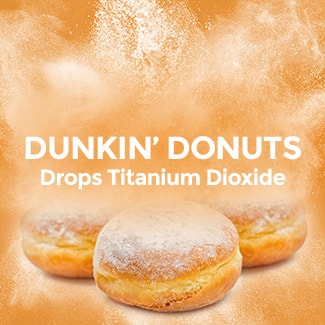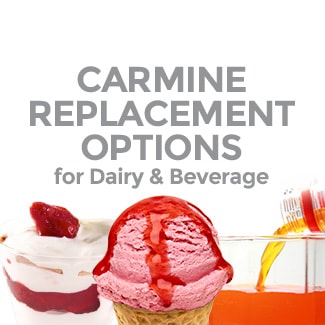Red 3 and TiO2 Come Under Fire in the U.S.A.


Consumer advocacy groups in the United States are staging an attack against multiple food ingredients, including two widely used food colors.
Unlike previous efforts to restrict the use of all synthetic colors, the more narrowly targeted approach appears to be achieving more success for the NGOs who oppose the ongoing use of Titanium Dioxide and FD&C Red #3.
This is likely because the two colors in the spotlight, TiO2 and Red 3, have experienced adverse regulatory decisions in the past, making them easier targets.
Titanium Dioxide was banned as a food additive by the European Commission in January of 2022 despite having been used safely for decades. Red 3, meanwhile, was rejected for use in cosmetics by the FDA based on rodent studies in the 1970’s and 1980’s. The pink color, known as erythrosine outside the United States, continues to be widely accepted with the European Union, China, Canada, and the United States among the jurisdictions that permit it as a food color.
In the past year, an unprecedented flurry of actions urging both regulatory and legislative bodies to ban or restrict the use of these colors has occurred. The following summarizes what has transpired.


OCTOBER 2022
Red 3 Petition
On October 22nd of 2022, the Center for Science in the Public Interest (CSPI), a public health advocacy group petitioned U.S. FDA to remove FD&C Red 3 from the list of color additives approved for use in food and dietary supplements. A number of other advocacy groups including Consumer Reports, Center for Environmental Health, Prevention Institute, and others signed on as well.
FDA received almost 35,000 public comments in relation to the petition but has yet to make any determination.
2023
California Assembly Bill
On February 2nd of 2022, California Assembly members Jesse Gabriel (D-Encino) and Buffy Wicks (D-Oakland) introduced bill 418 to the California Assembly, which would prohibit the manufacture or distribution of five food additives in the State of California including Potassium Bromate, Brominated Vegetable Oil, Propyl Paraben, Titanium Dioxide, and FD&C Red 3.
The bill was then amended to remove Titanium Dioxide, targeting only the remaining four ingredients. The amended version passed the California Assembly and Senate in September 2023. The California governor has 12 days to sign it into law.
This is a concern for a large number of our customers, because in addition to the permitted food color Red 3, propyl paraben is sometimes used in color dispersions.
While Bill 418 would only apply to food manufactured or distributed in California, in practice
this would prevent most major retailers and food brands from using the colors.
Many in the food industry argue that the bill undermines the federal regulatory system for overseeing food additives. Consumer Brands Association, a leading trade association for consumer packaged goods manufacturers, is one of the groups who oppose the bill.
Sarah Gallo, Vice President of Product Policy at Consumer Brands Association stated recently that:
“Our companies follow rigorous safety standards and comply with regulations set by the FDA as well as the state. Unfortunately, this bill seeks to upend this existing and comprehensive science-based approval system for food and color additives.”
Nonetheless, the California State Legislation has moved forward with Bill 418.


MARCH 2023
New York and New Jersey State Bills
Following closely behind California was New York State. On March 27th, 2023 New York State Senator Brian Kavanagh (D-Brooklyn/Lower Manhattan) introduced identical legislation as the Gabriel bill in California. New Jersey Assemblyman Herbert Conaway Jr. (D-Burlington) followed with the same legislation on May 11th, 2023.
The bills in New York and New Jersey would prohibit the sale and manufacture of the same additives targeted in California bill 418. While neither of these bills are as far along in the legislative process, both could potentially have the same impact.
MAY 2023
FDA Color Petition to
Repeal TiO2 Permission
On May 3rd, 2023, the Environmental Defense Fund, and four other NGO’s including CSPI, the Center for Food Safety, and the Center for Environmental Health, petitioned the FDA to repeal the color additive regulation (section 73.575 of the CFR) that permits the use of titanium dioxide in food products.
The petition cites as evidence the European Food Safety Authority (EFSA) opinion that was published in May of 2021. This diverges from previous EFSA opinions on Titanium Dioxide (E171). It is very important to point out, that while the EFSA opinion did come to the conclusion that “a concern for genotoxicity could not be ruled out”, EFSA did not find any study that indicated adverse effects with TiO2 consumption up to a dose of 1,000 mg/kg of body weight per day. The EFSA opinion is based on an entirely new approach to risk assessment.
More recently, Health Canada concluded “there is no conclusive scientific evidence that the food additive (titanium dioxide) is a concern for human health” after a thorough review of the EU decision. Similarly, the United Kingdom’s Food Standards Agency (FSA) said that after reviewing the evidence, no safety concerns have been identified. This has created some level of debate within the international regulatory community.
“The petition cites as evidence the EFSA opinion that was published in May of 2021. This diverges from previous EFSA opinions.”


What Is Sensient Planning?
Sensient remains committed to the promotion of safe food colors.
While we respect the position of the EC, given the decisions by Canada and the UK as well as the absence of any adverse conclusion by FDA here in the U.S. and decades of safe use, we continue to believe Titanium Dioxide is a colorant that should be permitted.
However, our #1 goal is to ensure that our customers have alternatives that enable them to meet regulatory requirements and delight consumers at the same time. As such, we are working on developing the industry’s leading solutions to replace Red 3 and Titanium Dioxide. Fortunately, these are two areas where we anticipated a need several years ago.
I always recommend reaching out to our technical team for a consultation, especially when it comes to Titanium Dioxide replacements. Our Avalanche™ portfolio contains 38 current options depending on your application. There is simply no ‘silver bullet’ solution to replacing TiO2, but we have great solutions for virtually any product. Our portfolio includes:

AVALANCHE Fusion Xtra™
Our cost optimized opacifying solution for low water activity applications such as panned confections, compound coatings, frosting, coatings, as well as others. We typically recommend that customers try Fusion Xtra given compelling cost-in-use profile.

AVALANCHE Ultra™
Our Avalanche Ultra solution is specifically designed for high water activity applications such as coffee creamers, instant drinks, ready-to-drink mixes and some sauces.

AVALANCHE MB™
Our extrusion stable Avalanche MB is often highly effective in plant-based meats, extruded pet foods, bakery fillings, sauces, and some confections.

AVALANCHE Helio™
Our option for extreme high heat applications such as soups, canned pet, plant-based, sauces, and other heat processed products.

AVALANCHE NEBULA™
Our Avalanche Nebula solution is another option for high water activity applications that require a white opacifier. Nebula can be effective in syrups, dairy beverages, soft drinks, custards, and plant-based sauces and dressings.

I am excited to let you know that our technical team has developed new application specific Red 3 alternatives, based largely on some of our leading color technologies. New options are available for specific applications including:
Our Microfine™ dispersions, heat-stable Uberbeet™ and Watermelon-Rose natural colors are some of the technologies we employ to match the unique Red 3 shade. Our technical team also has customized blends that are highly effective and meet the specific needs of our customers.
One of the key challenges that we continue to work on solving is the unique fluorescence of Red 3 in some applications like icing. Our R&D team is developing innovative solutions to solve all the color challenges that customers experience. That is the commitment at Sensient.
Please reach out to anyone on our team if you have questions or need a consultation or sample.



















